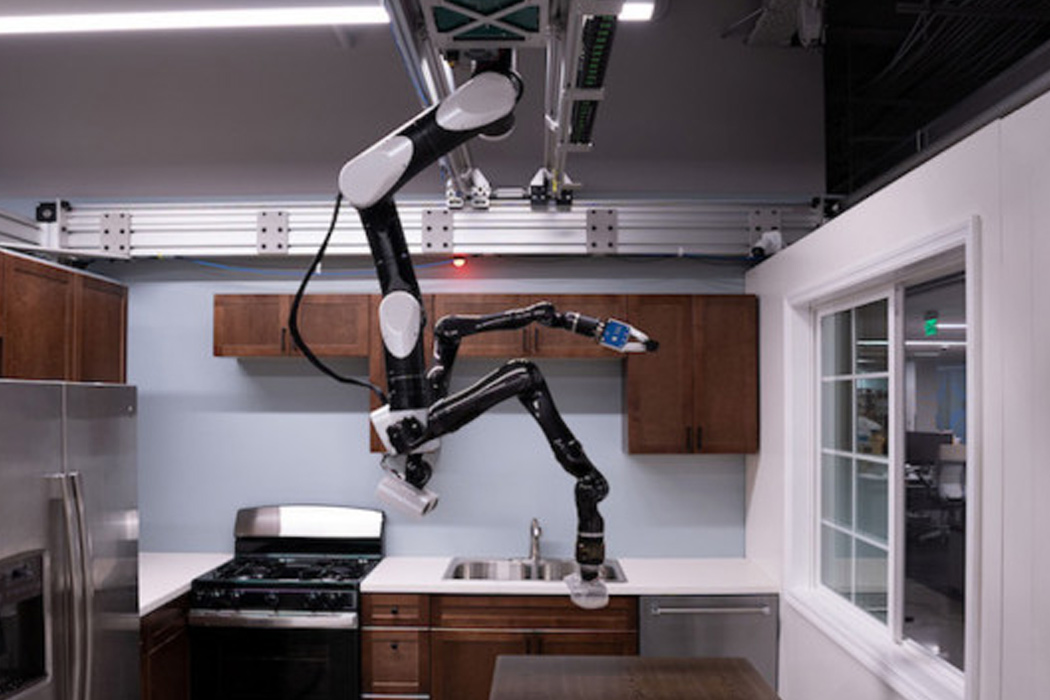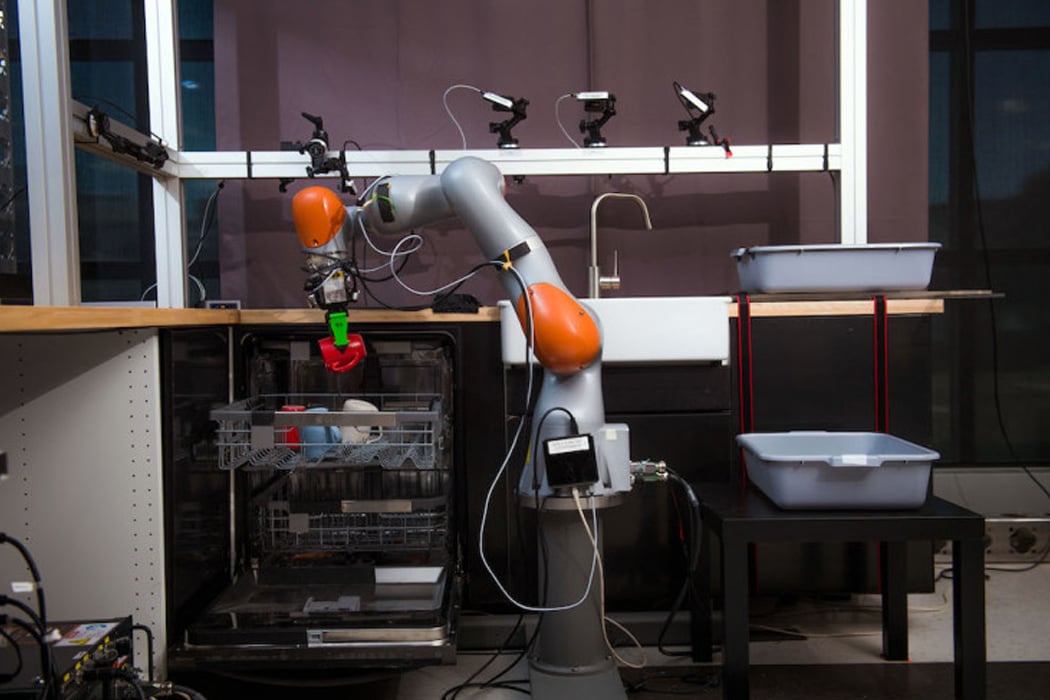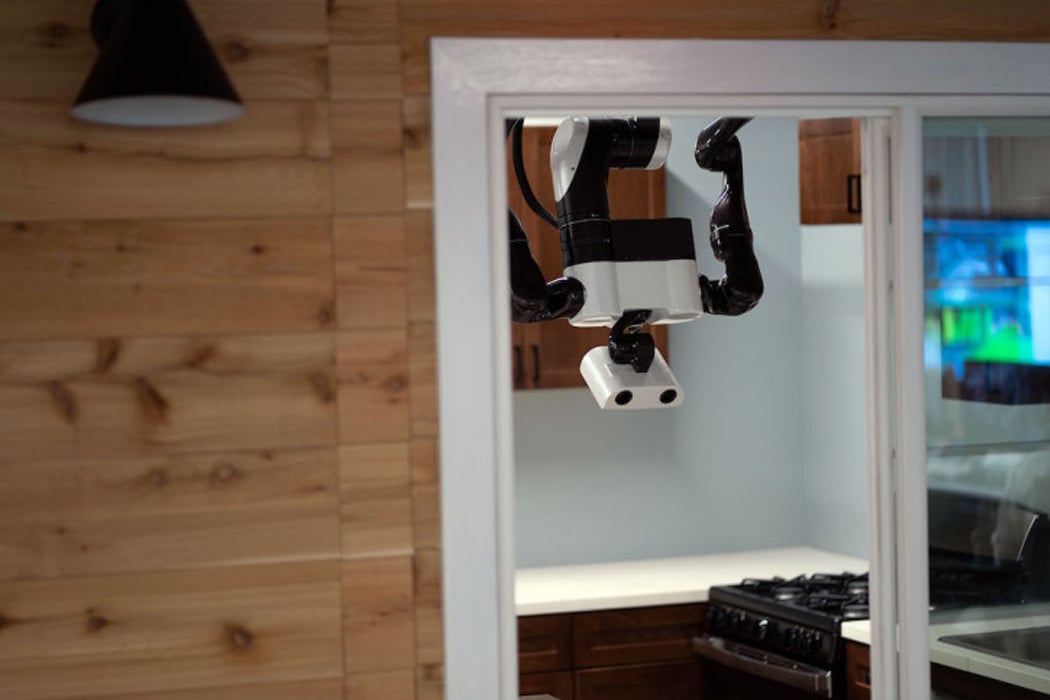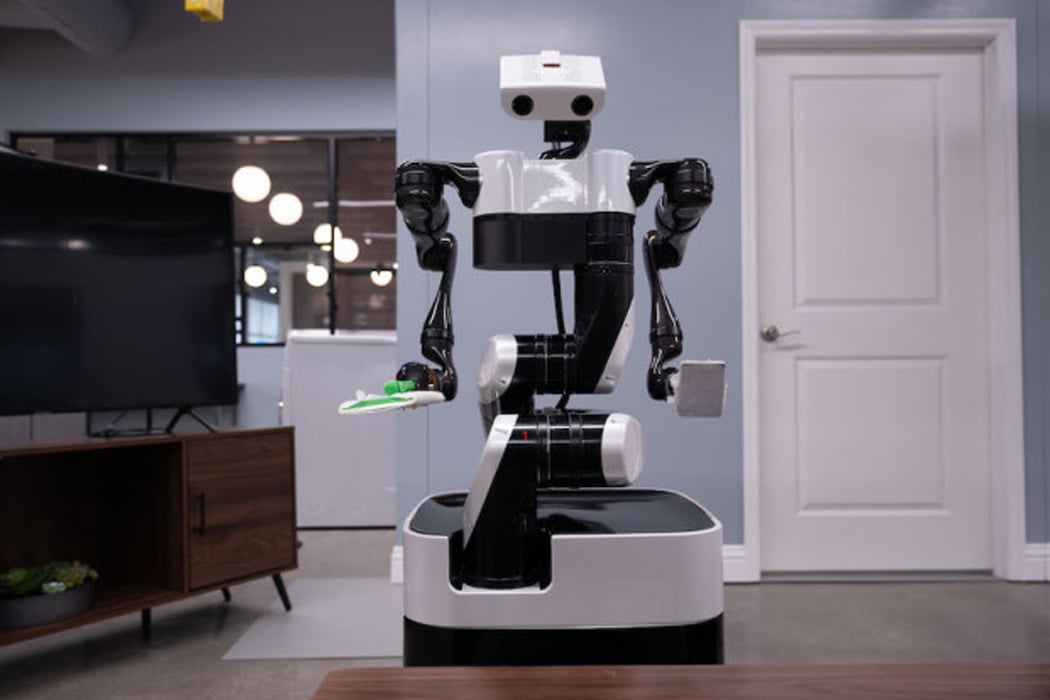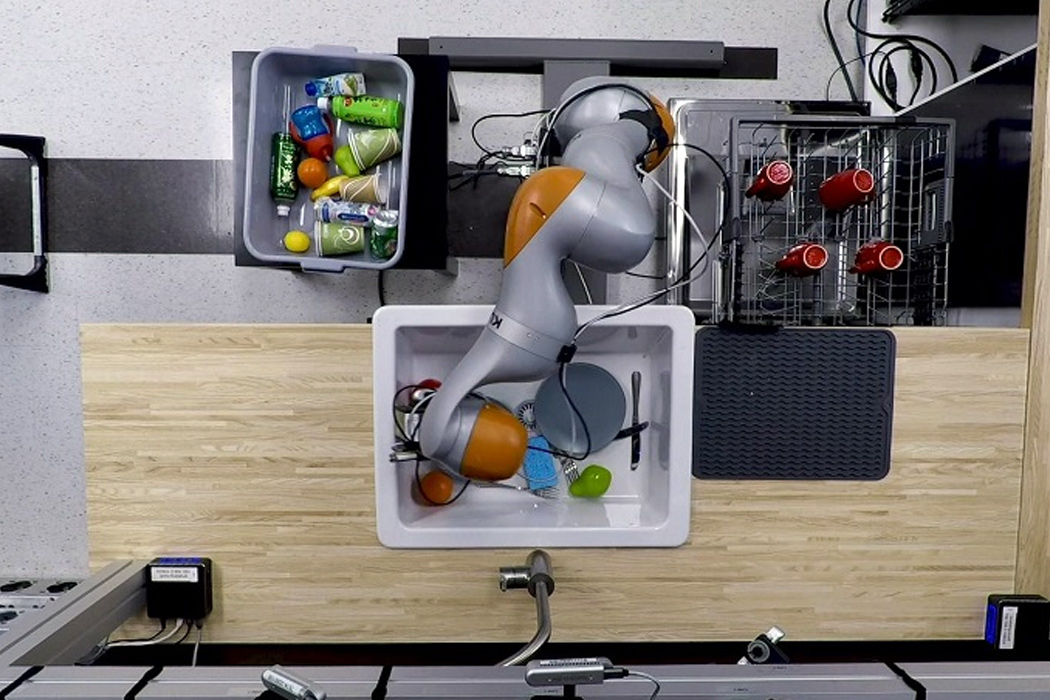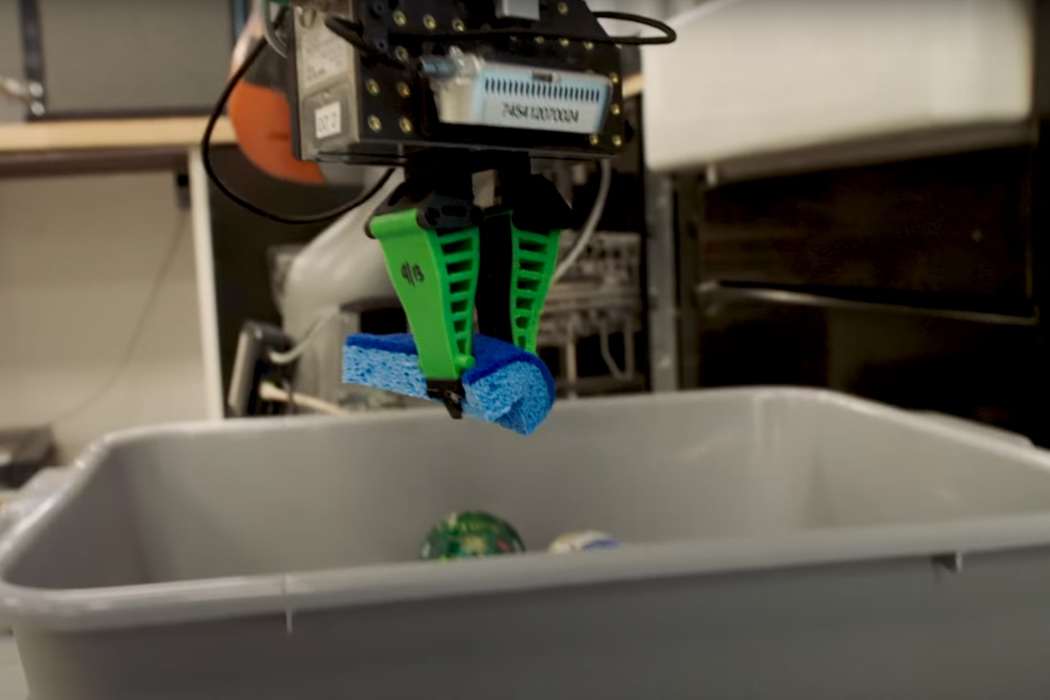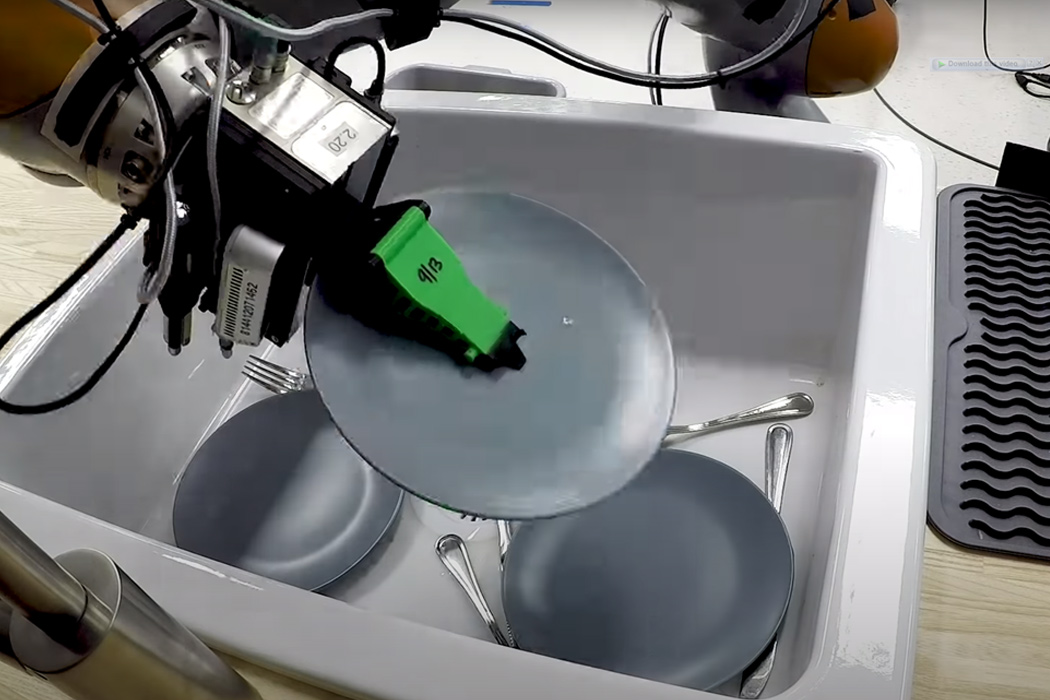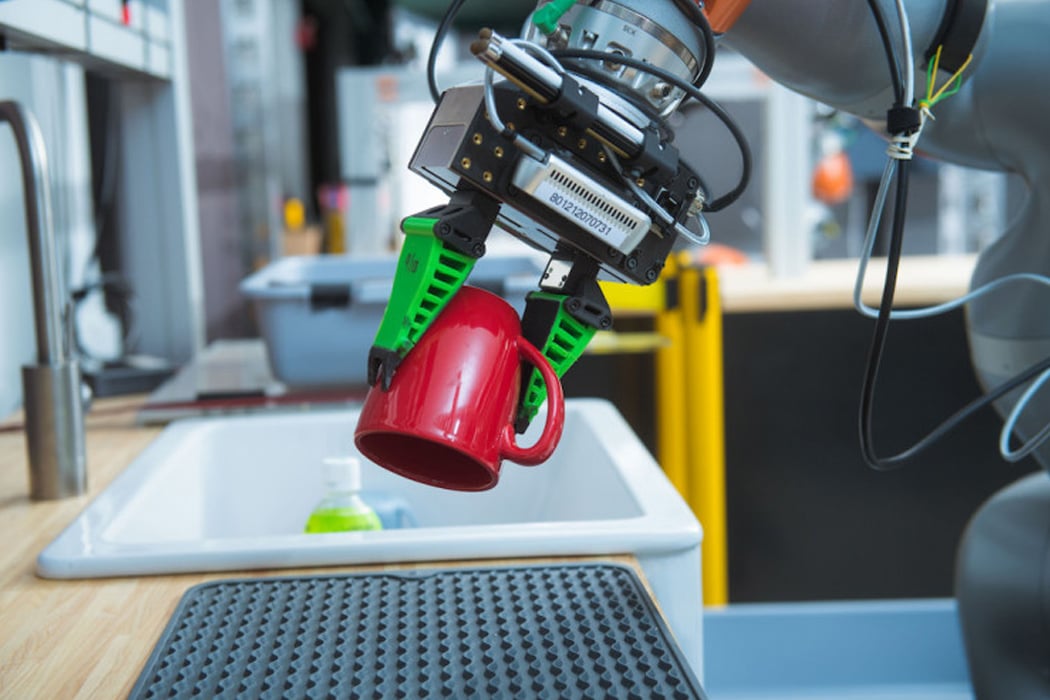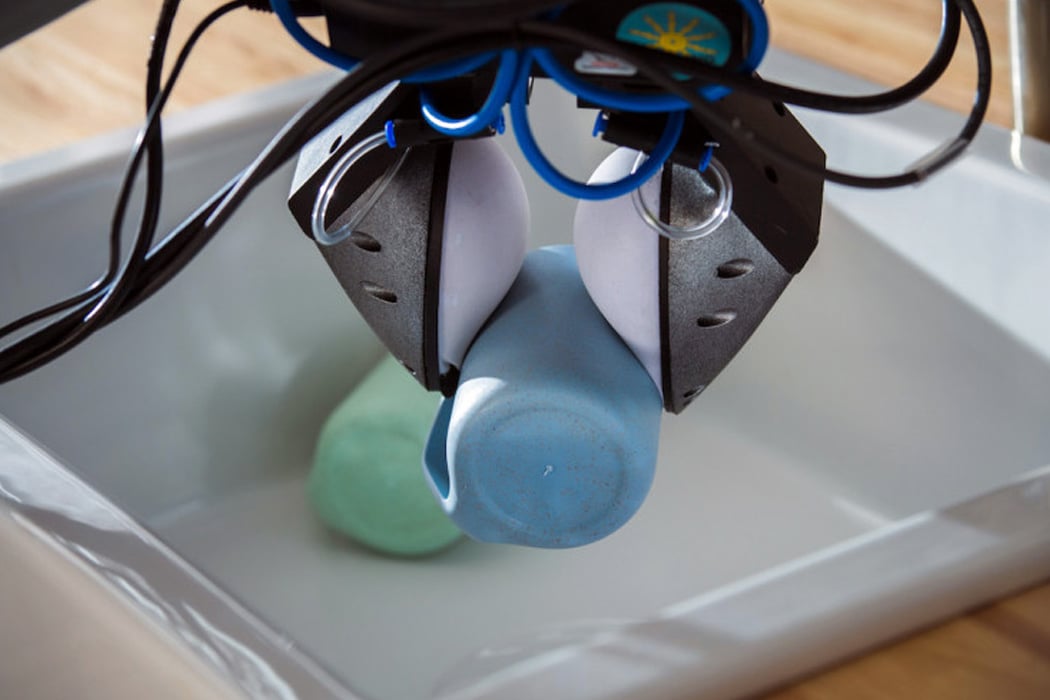Tag Archives: Toyota
Toyota’s overlanding trailer pairs perfectly with a pickup/SUV and gets you wilderness adventure ready!
Overloading has picked up immensely in this past one year in the US and of course in other locations as well. There is a growing trend because it provides a personalized adventure to people unable to partake traditional vacations due to these challenging times. This fusion of camping and off-roading cannot live up to the true spirit of adventure and self-reliance until you have a good camper along. Presenting a viable option, Toyota – backed by its solid off-road credentials – has unveiled the TRD-Sport Trailer which can haul behind an SUV or pickup truck carrying all the essential gear you may deem important in the wilderness.
Built on the Tacoma bed by Marty Schwerter and his team at Motorsports Garage, the modern overloading TRD-Sport Trailer is going to capture the imagination of enthusiastic adventurers. It is every creative Overlanding explorer’s delight for the smoothness and fineness with which this rugged camper trailer can reach a remote location and setup into a residence for the travelers instantly. Making the best use of all the possible nooks and corners of the available space, Toyota has managed a travel trailer that can be home away from home complete with a slide-out cooling stove, and sink with running water, a refrigerator, a camping toilet, mobile shower with a curtain separation. The trailer has its own running hot water supply from a 16-gallon freshwater tank, and also features a 15-gallon grey water tank.
Interestingly, the TRD-Sport Trailer features a scissor-lift that lifts up several feet to separate the tent platform from the trailer bed, so you can perch higher up amid the trees if you like. You can pitch the provided Yakima four-person tent and spread out an awning on fly fishing poles for additional floor space around the trailer. When fully deployed, the trailer creates a campsite with enough room for up to four people. The entire area can be illuminated by LED lights, which the power needs are optimized by a generator and an Optima Yellow Top battery on board.
For the more adventurous, the TRD-Sport Trailer that rides on TRD-Pro wheels with General Grabber X3 tires also comes equipped with outdoor gear like “fishing poles, nets; waders and wading boots; cookware, coffee mugs and more. Having this rigged trailer on the back of their vehicles will give enthusiasts peace of mind and convenience to extend their adventures in comfort.
Designer: Toyota
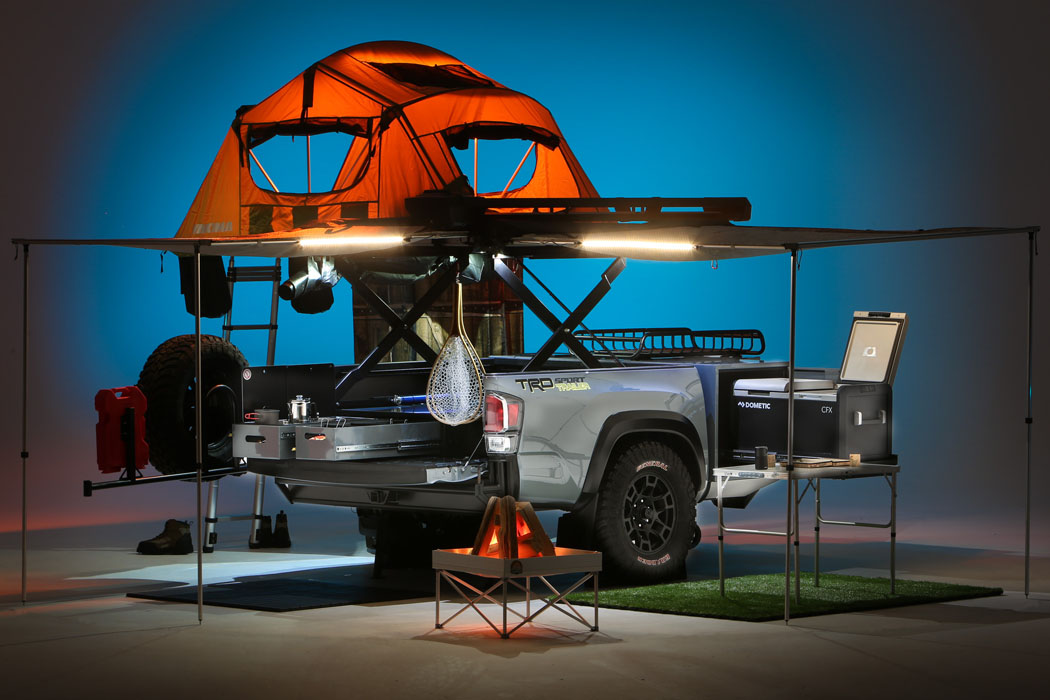
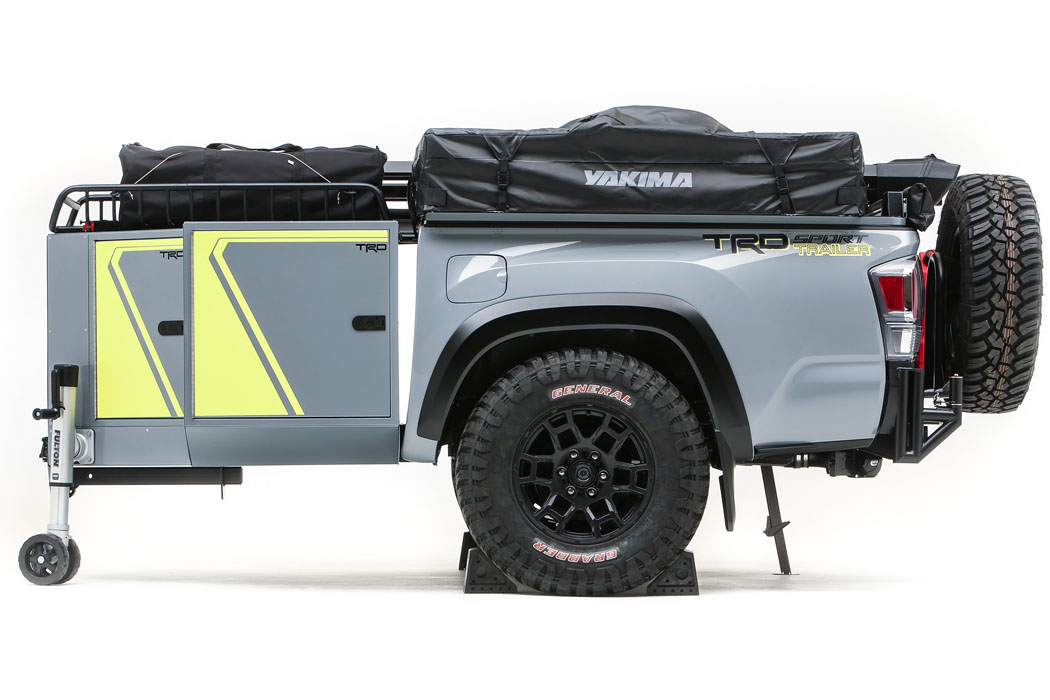
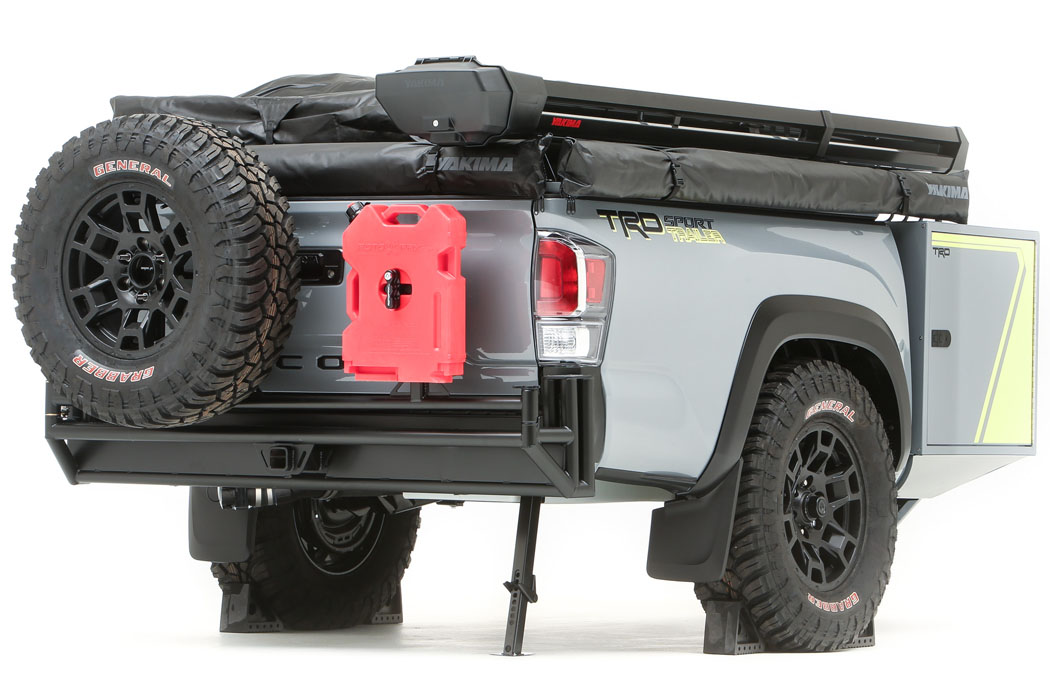
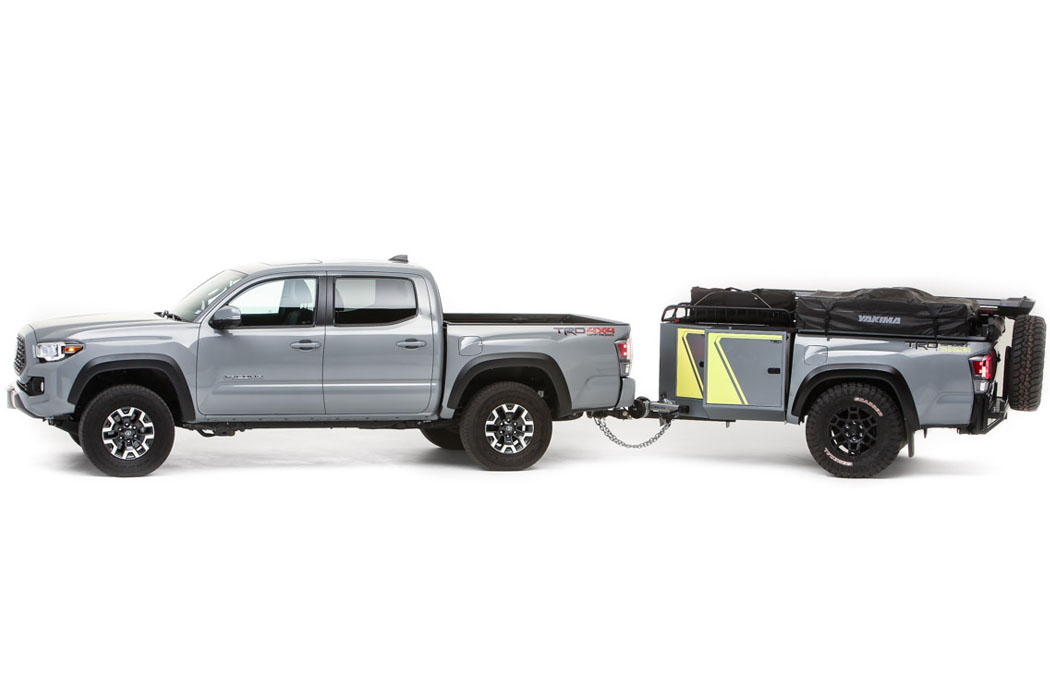
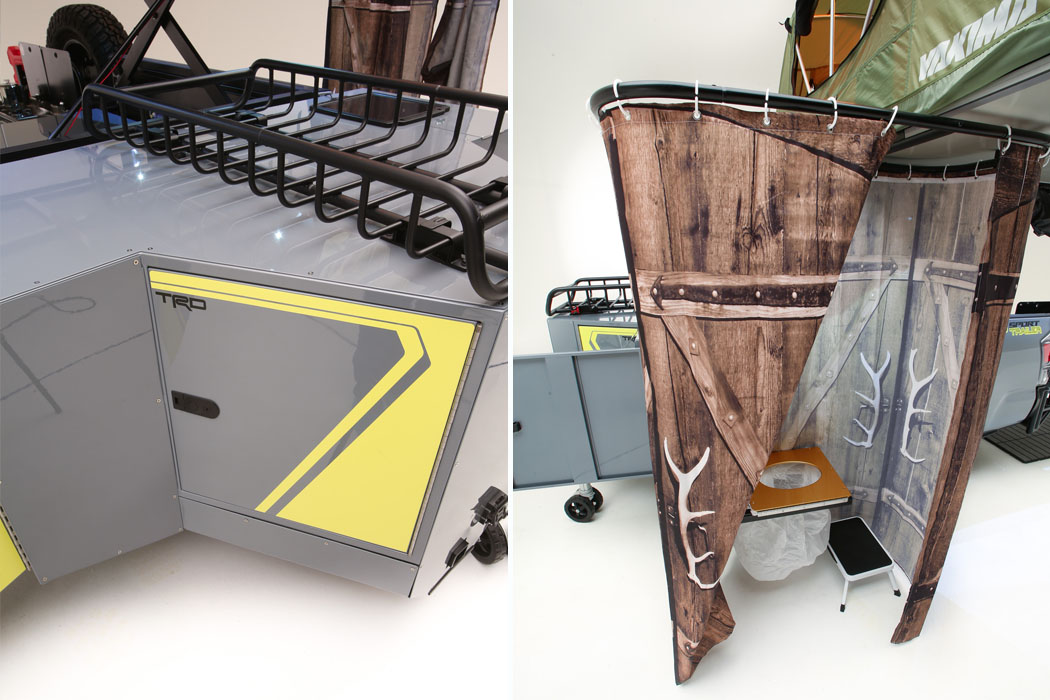

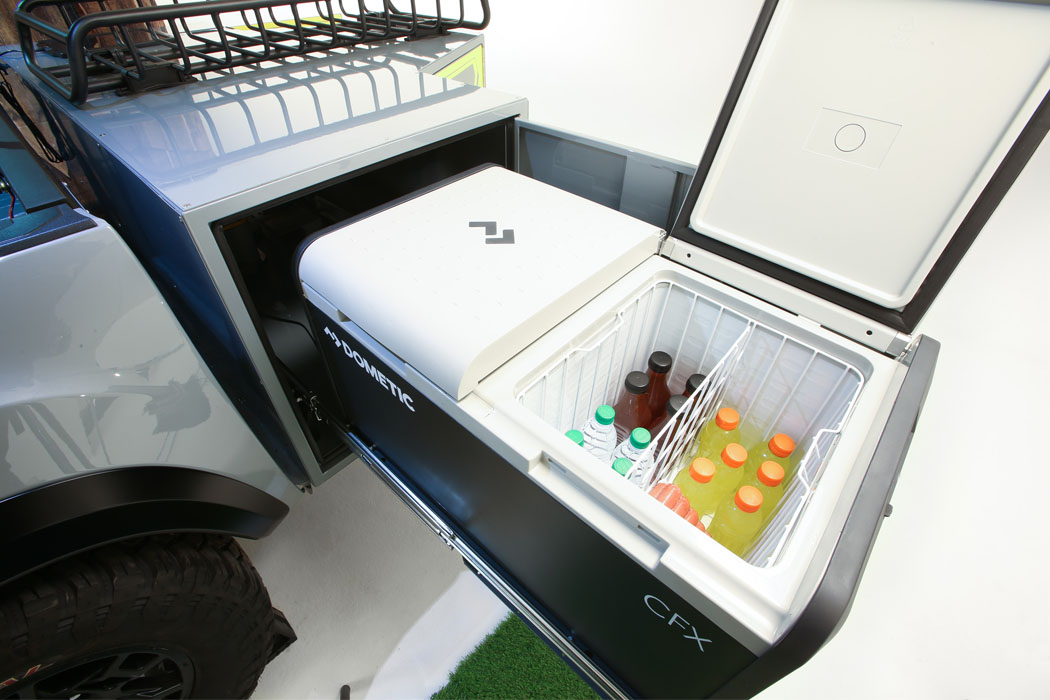

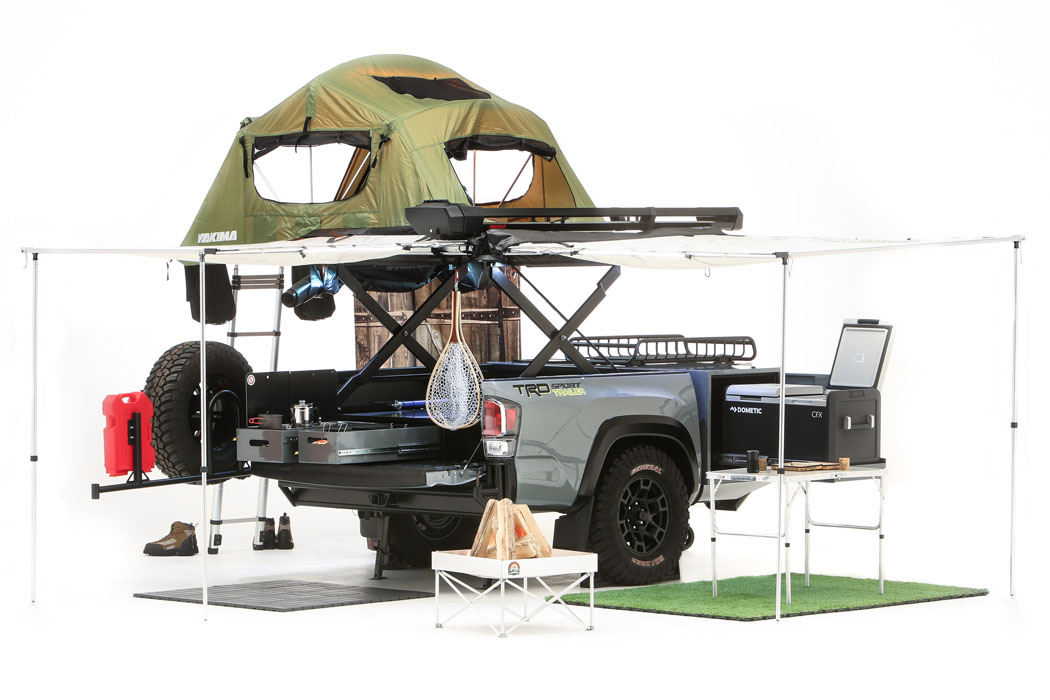
Toyota teases an electric SUV that will launch in 2021
Toyota’s second-generation Mirai has a 400-mile range
Toyota’s Lunar Lander design for JAXA shares the Land Cruiser’s motto of coming back alive!
While most automakers are designing electric vehicles for the Earth, Toyota is taking it to the next level by designing vehicles for lunar exploration missions! The Japan Aerospace Exploration Agency (JAXA – basically the Japanese Nasa) and Toyota have been working together to develop a manned, pressurized vehicle for exploring the moon using the power of next-generation hydrogen fuel cells. The lunar vehicle is called ‘Lunar Cruiser’ after Toyota’s famously rugged Land Cruiser and it fits perfectly because the Land Cruiser’s motto is ‘come back alive’ which I am sure will be the motto for the Lunar Cruiser as well!
The vehicle is 20 feet tall and 17 feet wide, it is considered to be the first step in the vision of a future lunar surface-based society as JAXA will use the Lunar Cruiser to explore the moon’s north and south poles. The longest time an astronaut has stayed on the moon has been close to 3 days, but this vehicle is crafted for a 6 week-long manned mission which will be a record in itself. To sustain astronauts and the exploration for six weeks, the Lunar Cruiser will be fitted with solar panels as well as hydrogen fuel cells. Since days and nights on the moon last for two weeks each, the solar panels will generate electricity. Given the long nights, the hydrogen fuel cell can also use water from the electricity generation process for cooling and drinking purposes. The energy generated from the solar panels will be stored and the propulsion will come primarily from hydrogen fuel cells – it is geared to run for 620 miles with one full tank and the mission aims to complete 6,200 miles in 42 days.
Lunar Cruiser is roughly the size of two minibusses and has a 140 square feet living space for two astronauts. It has to be designed to traverse the moon’s harsh surface and be safe enough for the astronauts to remove their suits inside. Since development began in 2019, engineers have relied on simulations to work out powertrain heat management in an airless environment and test tire designs for the coarse, sharp, dusty moon surface. And like a Tesla, it will have automatic driving functions! Testing of the prototype rover’s sub-assemblies is planned to begin next spring and will lead to the construction of a full-scale mule in 2022. So by 2024, we can hope to see a model designed, built, and evaluated for the development team to build the flight model—the one that’ll actually shoot for the stars…and land on the moon.
Designer: Toyota
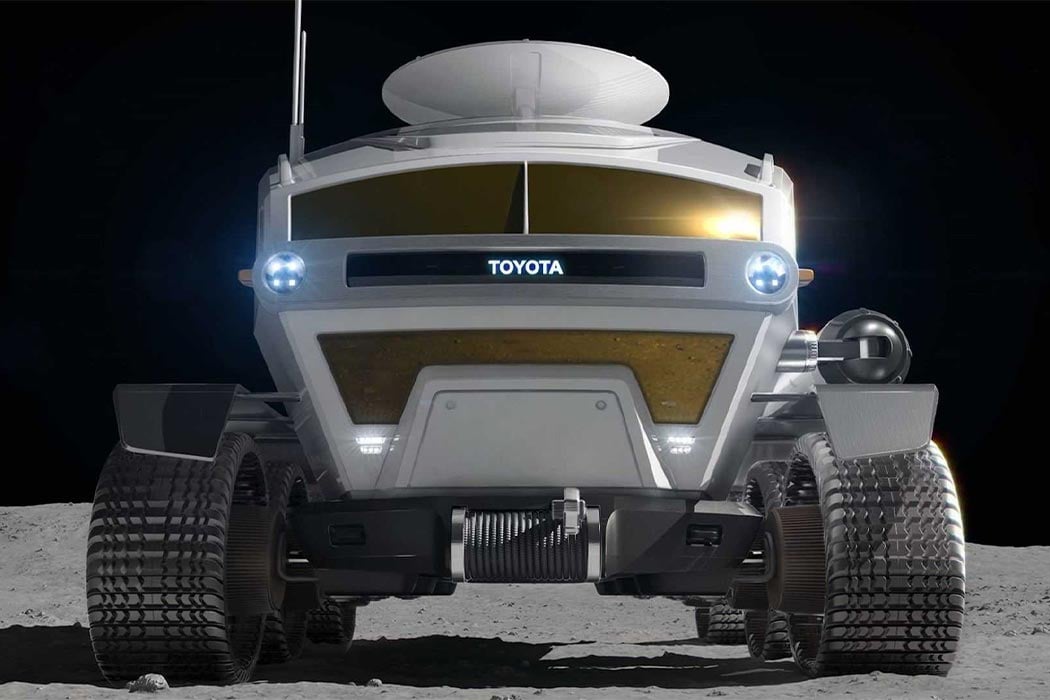
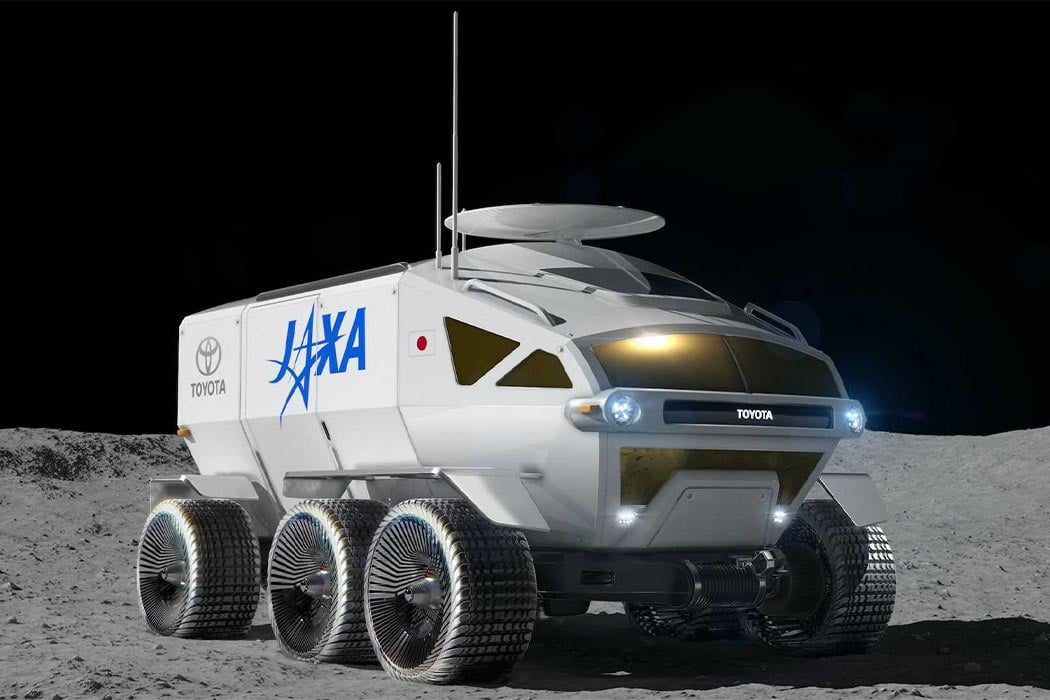
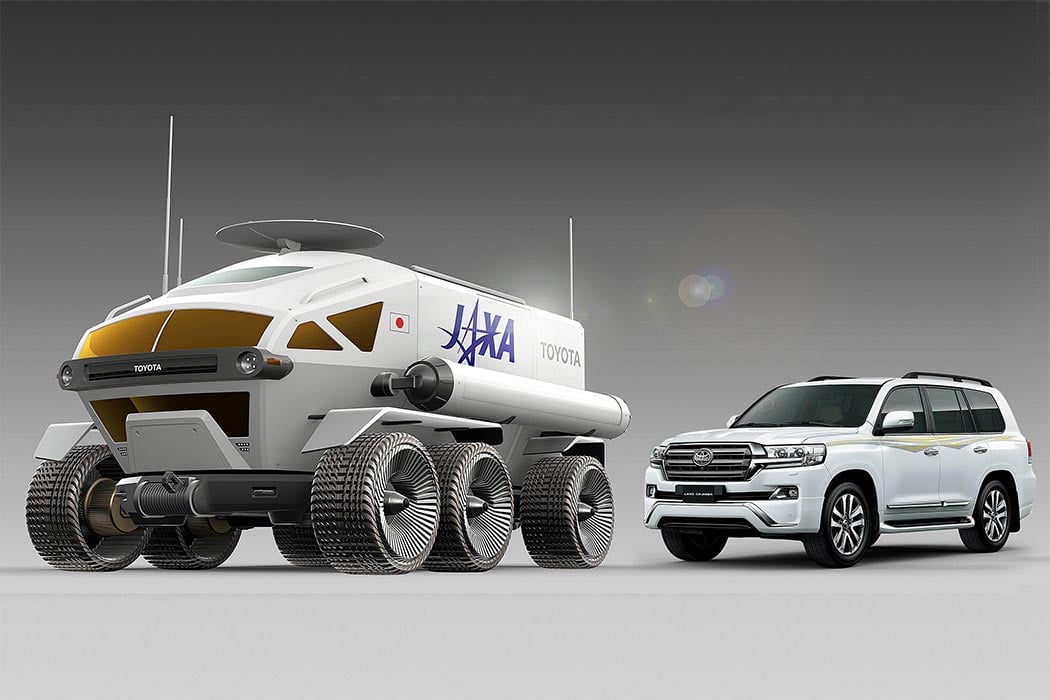

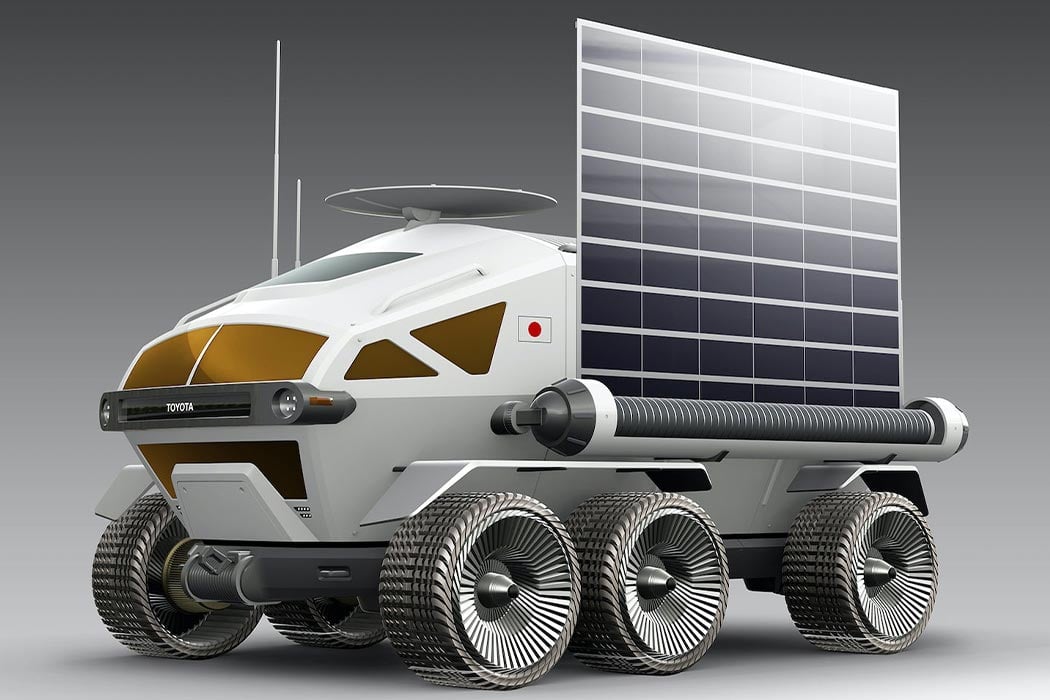
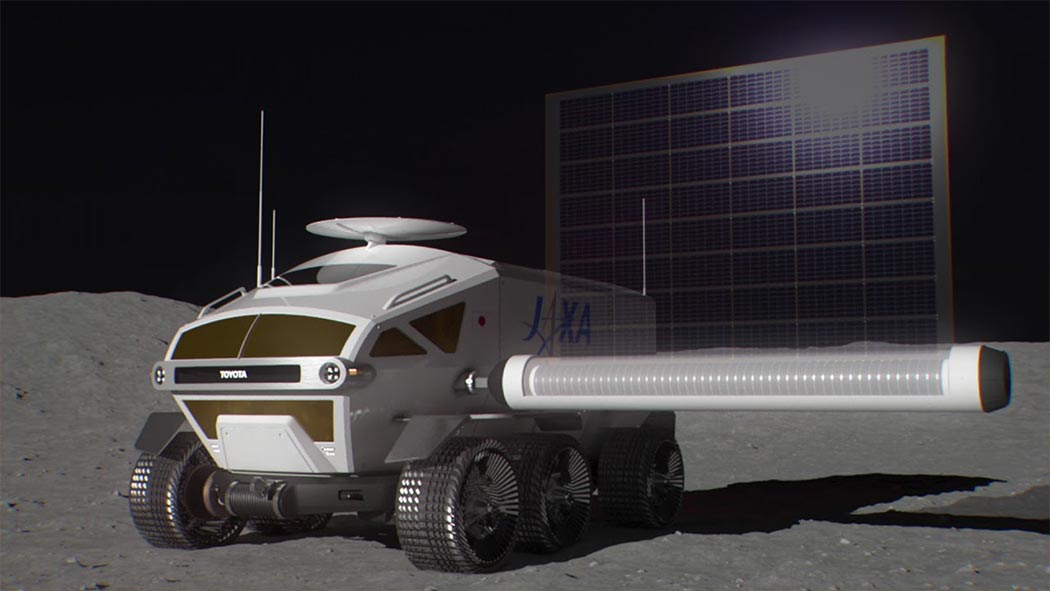

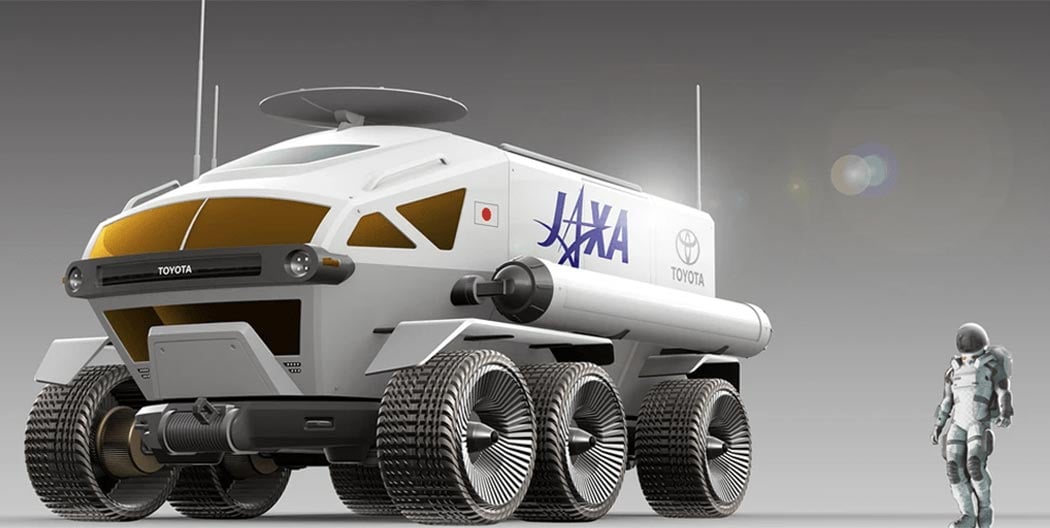
Toyota’s new home-assist robots include a butler who will do the dishes for you!
Toyota’s Gantry robot is a real superhero for the elderly, but instead of fighting local crimes, he does house chores for them. Designed for the aging demographic that is often forgotten when it comes to technological advancements, this robot will take care of the domestic duties while sometimes hanging from the ceiling! People over the age of 65 make up for the world’s fastest-growing age group and we need more resources to give them the aid they require.
Speaking about the capabilities of robots, Russ Tedrake of Toyota Research Institue (TRI) says “Unlike the sterile, controlled and programmable environment of the factory, the home is a ‘wild west’ – unstructured and diverse. Despite recent strides in artificial intelligence and machine learning, it is still very hard to engineer a system that can deal with the complexity of a home environment and guarantee that it will (almost) work correctly.” The gantry robot is one of the prototypes being tested in mock-up home environments built-in labs in California. It is able to complete tasks like cleaning and loading the dishwasher. The design of the robot was inspired by the layout of Japanese homes, where researchers found that limited floor space would constrain a robot’s ability to help, and thus the solution would be to have robots directly integrated into the architecture for future homes. “What if instead of needing a robot to navigate the cluttered floor, it could travel on the ceiling instead, and be tucked out of the way when it’s not needed?” said Dan Helmick, co-lead of robotics fleet learning at the Toyota Research Institute (TRI), during a virtual presentation. While it is a huge undertaking to construct new robot-assisted homes from scratch and will have many hurdles, the design has the potential to solve many problems faced by the old folk who live alone.
The dishwashing robot is basically a giant robotic arm which shows new technology instead of being ready for commercial use, someone even pointed out that it looks better suited to build cars than load dishes but there is a long way to go before this product hits the market and there will be many changes made to it before it is ready for sale. This is a full series of robots designed to help senior citizens manage housework and the gantry robot is just one of them. There is another “soft bubble gripper” robot that uses air-filled cushions to gently grab a variety of objects, and a floor-based mobile robot with the same basic capabilities as hanging robot friend. All robots are being trained using virtual reality – real people are performing actions like wiping down a tabletop and then using VR controllers these movements are programmed into the robots.
“The robots that you see today are prototypes to accelerate our research, but they are not going to be turned into products any time soon,” says Max Bajrachary, TRI’s VP of Robotics. Robotics is generally a difficult field and creating robots for household tasks is challenging mainly because every house is so different and therefore the smarter option would be to construct robot-friendly houses with tracks where the residents have the option of installing the gantry robot if needed. Robots can take over my world if they take over my dirty dishes!
Designer: Toyota Research Institute
